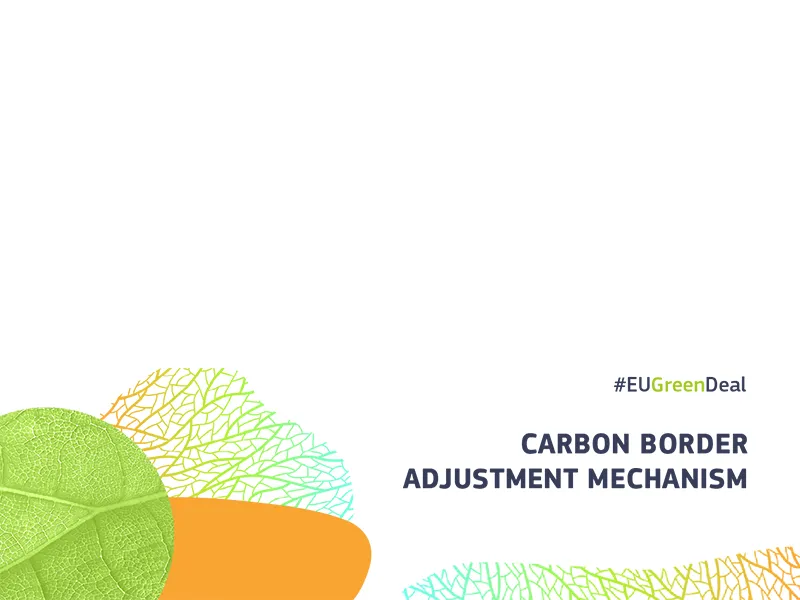
CBAM (Carbon Border Adjustment Mechanism) is a new tool developed by the European Commission to address the issue of climate change from a customs and taxation perspective.
This article is designed to provide a clear breakdown on CBAM, from information published by the European Commission. This includes:
CBAM was introduced as a method of dealing with carbon leakage, to put a fair price on carbon emitted during the production of carbon intensive goods entering the EU.
A method by which companies move carbon-intensive production to countries with less stringent climate policies than those in place in the EU, as a cost-saving measure.
CBAM is aligned with the phase-out of allocation of free allowances under the EU Emissions Trading System (ETS) to support decarbonisation of EU industry. CBAM ensures the carbon price of imports is equivalent to domestic production, and that the EU’s climate objectives are not undermined.
The tool is designed to be compatible with WTO-rules.
The following information is supplied by the European Commission:
The upcoming implementation of CBAM will require the involvement of the National Competent Authorities (NCAs) of the 27 Member States from 1 October 2023.
The NCAs will in particular be responsible for granting authorisation to the importers established in their Member States to access the CBAM Transitional Registry. This Registry will become accessible to reporting declarants and all competent authorities in the EU once it goes live on Sunday 1 October 2023. It will become fully operational by early November 2023, in plenty of time for importers to submit their first reports by the deadline of 31 January 2024.
The list of NCAs will be regularly updated on this page as they are notified to the Commission and will also be made available in the CBAM Transitional Registry. The publication of this list in the Official Journal will take place at the end of October 2023
In Ireland, the National Competent Authority is Environmental Protection Agency.
Initially, CBAM will apply to imports of goods that present a significant risk of carbon leakage, namely:
When it is fully phased in, CBAM will capture more than 50% of the emissions in ETS covered sectors.
A review of CBAM’s functioning will take place during its transitional phase. The report will include a timeline setting out the inclusion, by 2030, of other goods produced in sectors covered by the EU ETS.
Until the end of 2024, there will be three ways to report under CBAM.
As of 01 January 2025, only the EU Method will be accepted.
The Commission notes that estimates (including default reference values) can only be used be used for complex goods if they represent less than 20% of the total embedded emissions. The default values are due to be published by the Commission by the end of 2023.
The report from the EU’s Joint Research Centre (JRC), Greenhouse gas emissions from manufacturing: what difference across countries?, will feed into the values.
As part of the introduction of CBAM, the Commission has developed IT tools and training materials to assist importers. This includes tools to help perform and report calculations.
The guidance, training and tutorials provided include:
Below is an approximate timeline for importers, to be made aware of significant dates and periods during the introduction and implementation of CBAM.
After this date, EU ETS will begin to be phased out, and CBAM will be phased in. This period will last from 2026 through 2034.
This page last updated 24 April 2024